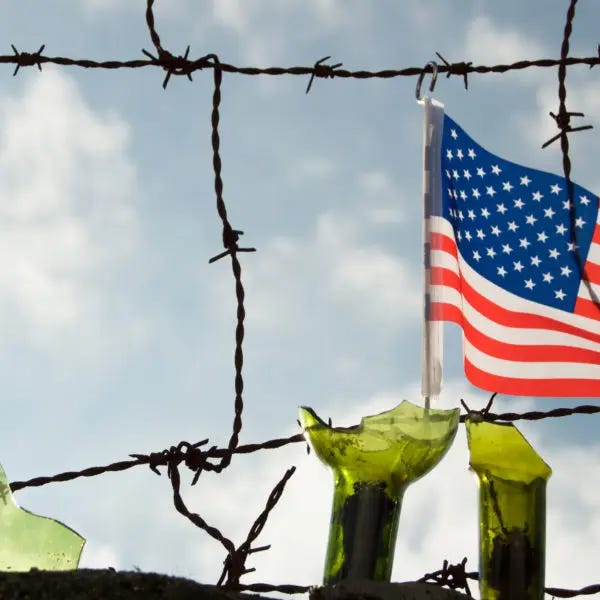Two Incremental Steps Toward Fixing Our Broken Immigration System
By Daniel Griswold
The first promising signs of progress on immigration reform appeared this week on Capitol Hill with serious bipartisan proposals to bring order to the asylum process at the southern border and to permanently legalize those currently under the executive order known as Deferred Action for Childhood Arrivals, or DACA.
The more urgent of the two proposals would direct more resources to the border with Mexico to increase the capacity of the U.S. government to process increased claims for asylum. A bill being introduced by two border-state senators—John Cornyn, R-Texas, and Kyrsten Sinema, D-Ariz.—would aim to process claims in a more timely manner, discourage people without a serious claim from attempting to enter the U.S., and “protect unaccompanied migrant children.”
The budding legislative effort on asylum is welcome for two reasons: It’s bipartisan, reflecting a commonsense approach to addressing a surge in claims at the border that almost everyone acknowledges as urgent if not a full-blown crisis. The effort also represents a shift away from an enforcement-only approach that has resulted in wasteful spending on walls and nightmarish conditions for families and children held in detention.
The second promising sign this week was a bipartisan, closed-door discussion among a group of senators seeking an incremental way forward on less contentious issues of immigration reform. The meeting included nine Democrats and five Republicans. The greatest consensus was reached on protecting the legal status of the 700,000 or so young immigrants who have been able to legally live and work in the U.S. under DACA.
This is an area ripe for bipartisan action. The DACA young people did not break the law themselves but only followed their parents. Under the terms of the program, they are all employed, in school or serving in the military. Because they arrived here as children, they are almost universally fluent in English and “assimilated” into American society. For many of them, this is the only country they’ve known. To keep them in legal limbo would be to deprive the U.S. of a valuable source not only of labor but also skill and creativity; further, it would deny the U.S. a healthier demographic future.
Truly comprehensive reform—addressing both legal and illegal immigration—may be too heavy a lift right now in our polarized political climate. Too many politicians and activists on the left and the right are more interested in inflaming their respective bases than actually improving an immigration system that is key to our nation’s future. Still, the proposals that came into public view this week could be the first constructive blocks in building a better immigration system.


